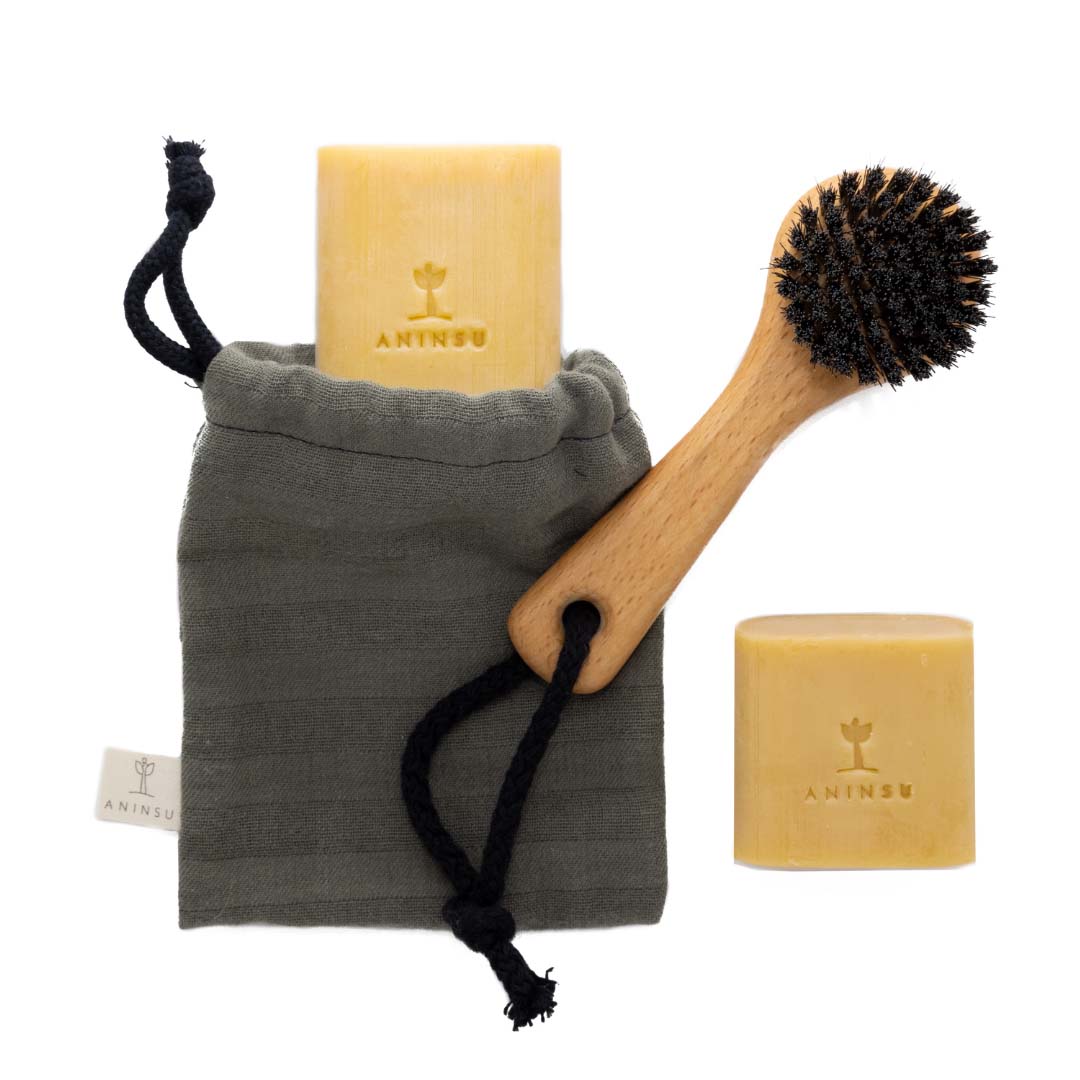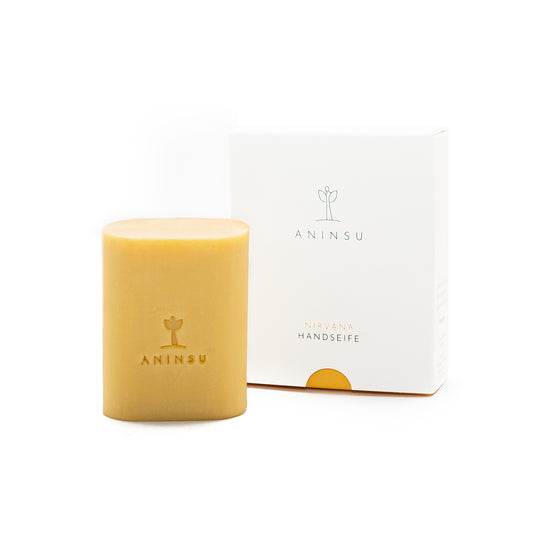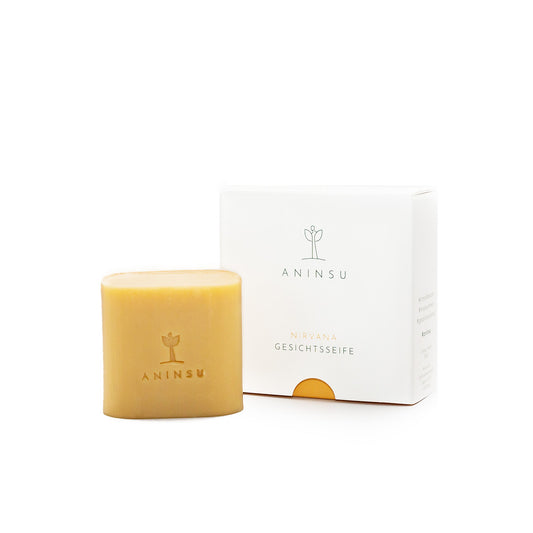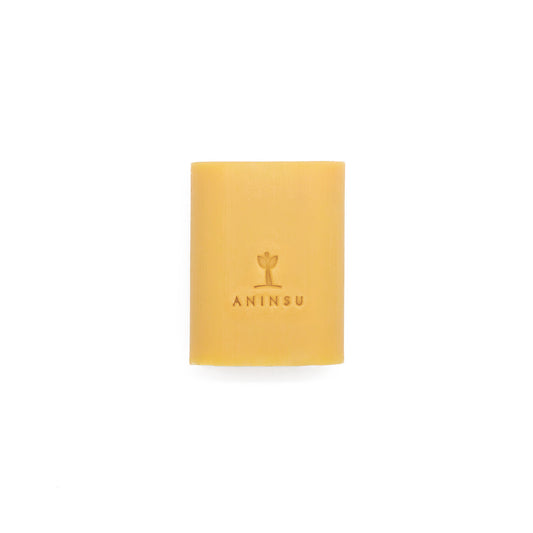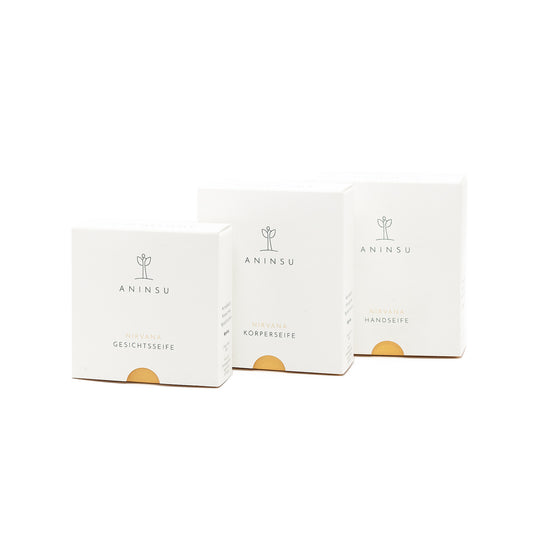The history of soap goes back to the Sumerians, Egyptians and Greeks, although it can only be documented in the form we know today in the Middle East in the 7th century. So up until now, people have had more than enough time to spread myths and legends surrounding soap. Today we want to look at the three most persistent.
Myth: solid soap is less hygienic than liquid soap
Of course we carry countless germs on our hands every day. When washing hands, they also end up on solid soap. Nevertheless, viruses and bacteria only survive on it for a very short time. We also rinse them with water when washing our hands properly (rub hands thoroughly with soap foam for 30 seconds). However, it is important that the soap can always dry well so that germs don't stand a chance.
Myth: soap kills bacteria
Soap can't kill bacteria, but it does help loosen them from the skin so we can then rinse them off with water. Soap that is supposed to have an antibacterial effect is a) harmful to the environment because it usually contains synthetic substances that are not harmless and b) nonsense per se, because washing your hands properly removes 99.9% of all bacteria and germs.
Myth: soap cleans best with warm water
In principle, any type of cleaning with cold water is much more advisable than with warm water, because the latter puts much more strain on the skin. The water temperature itself basically has no influence on the cleaning result. Much more important is the soap itself, as it contains cleaning substances, and thorough, proper washing.
